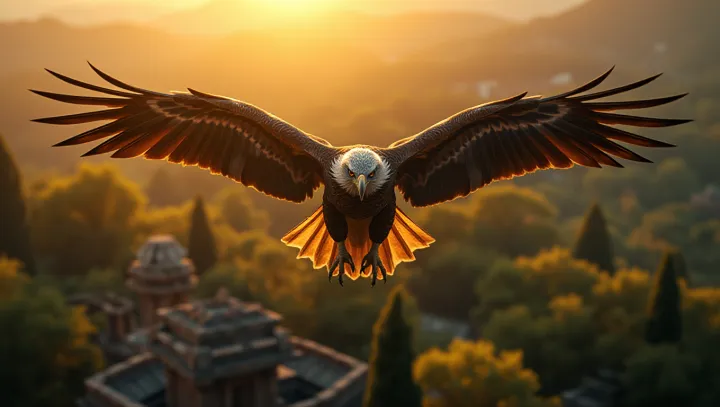The Majestic Longevity of the Eagle

Across the rugged terrains of the Rocky Mountains and the Himalayas, the eagle commands the skies, widely acknowledged as the longest-lived bird on the planet. With some species such as the Bald eagle and Golden eagle living up to 30 years or more in the wild, these birds of prey have outlived their peers in the avian world. Eagles possess remarkable resilience and adaptability, traits that contribute to their extended lifespan.
Dr. Emily Hart, a leading ornithologist at the National Bird Research Center, explains, The eagle's impressive longevity is attributed to its apex position in the food chain and its superior hunting abilities, enabling it to survive in diverse environments. Beyond their physical attributes, eagles have cultural significance in numerous indigenous traditions.
Known for their strength and keen vision, they are often depicted in folklore and mythology as symbols of power and determination. Their enduring nature continues to captivate human imagination, making them a subject of fascination and study. As we delve deeper into understanding these magnificent creatures, the question of their long life remains a pivotal focus of research endeavors.
Protecting their habitats is crucial to ensuring that future generations can witness the prowess of these birds in the wild. Consequently, conservation programs have been initiated globally, addressing the alarming decline in eagle populations due to habitat destruction and climate change. As the world becomes more aware of these issues, the hope remains that these regal birds will continue to soar through our skies for years to come.
